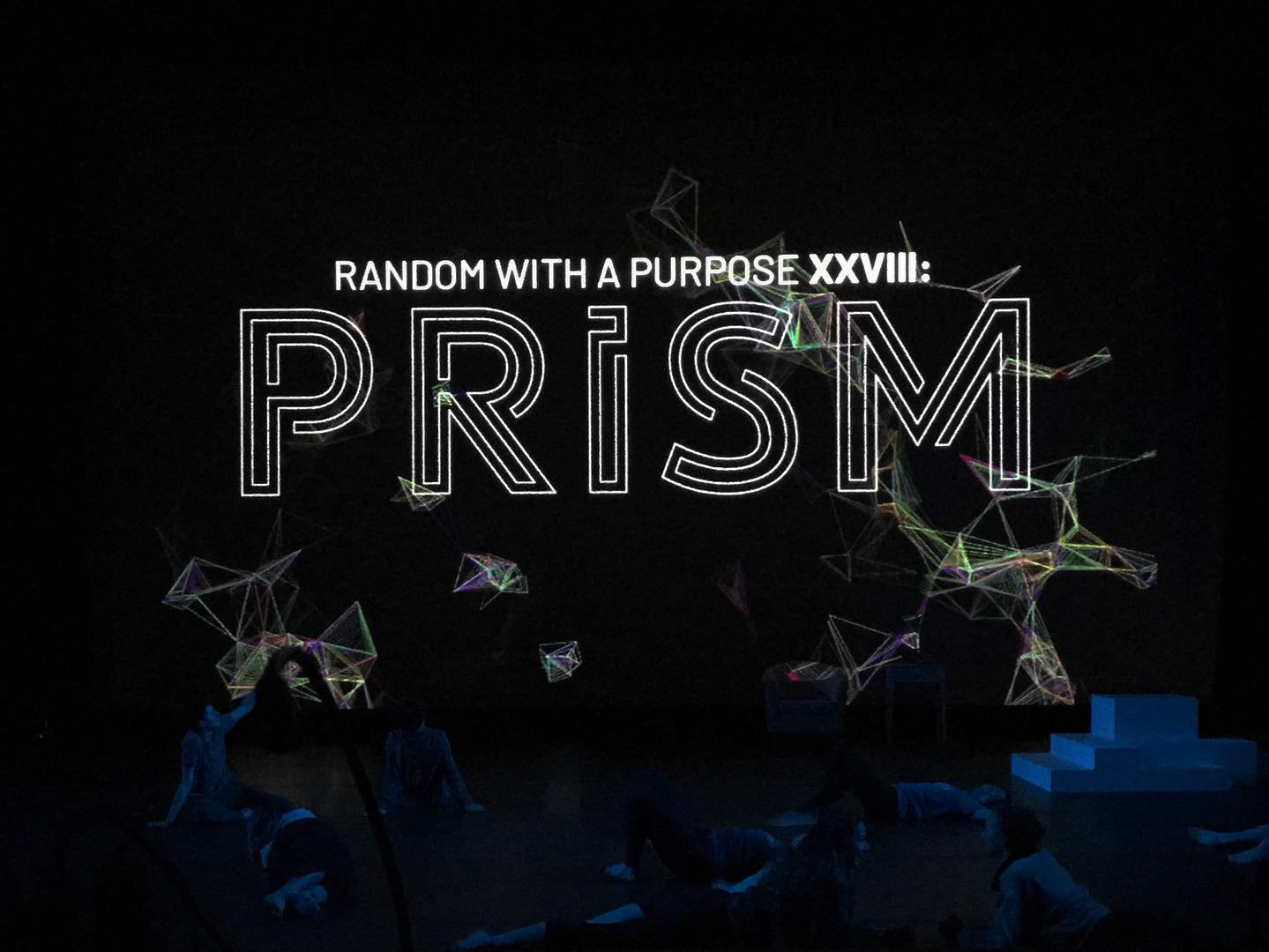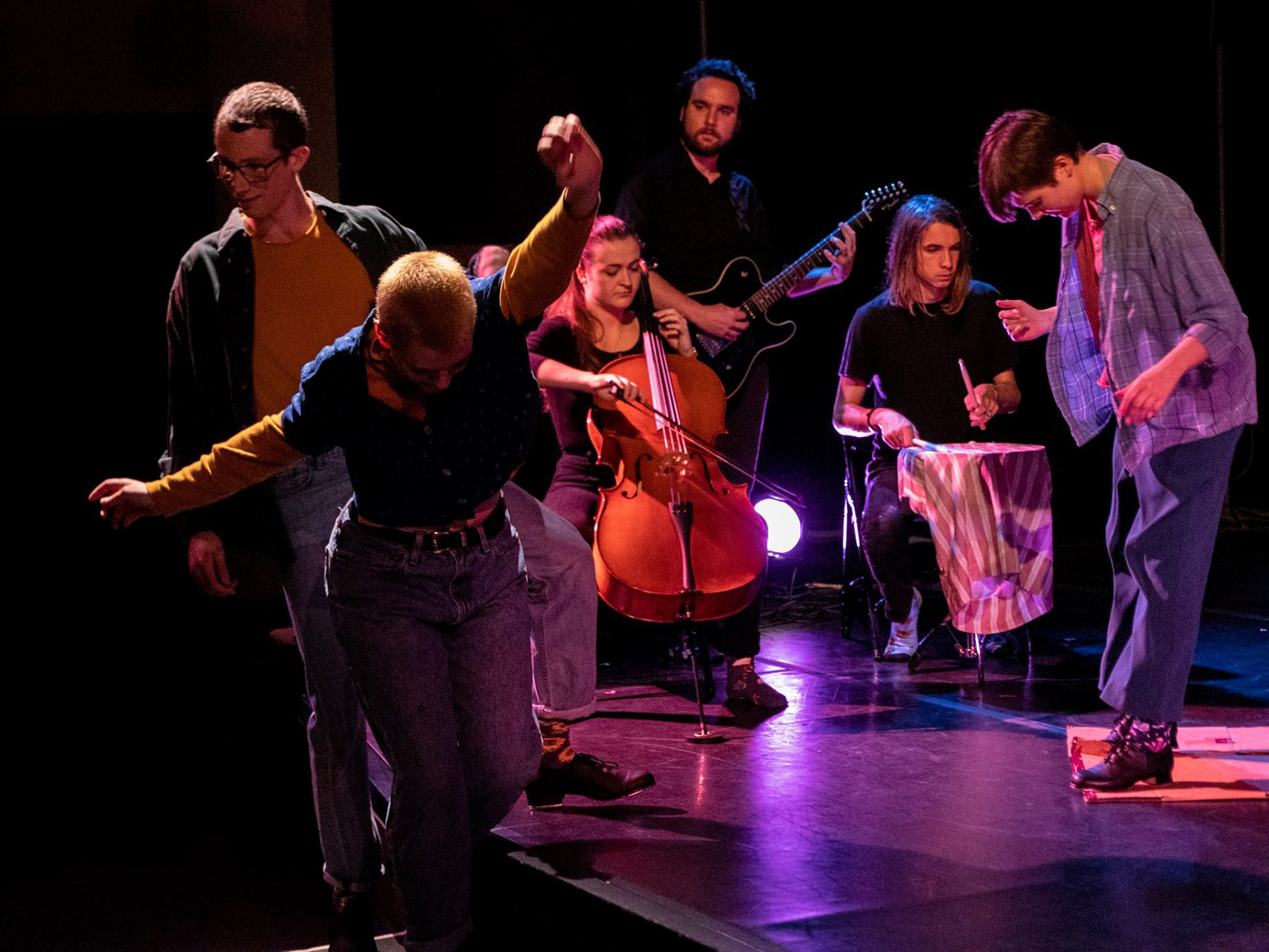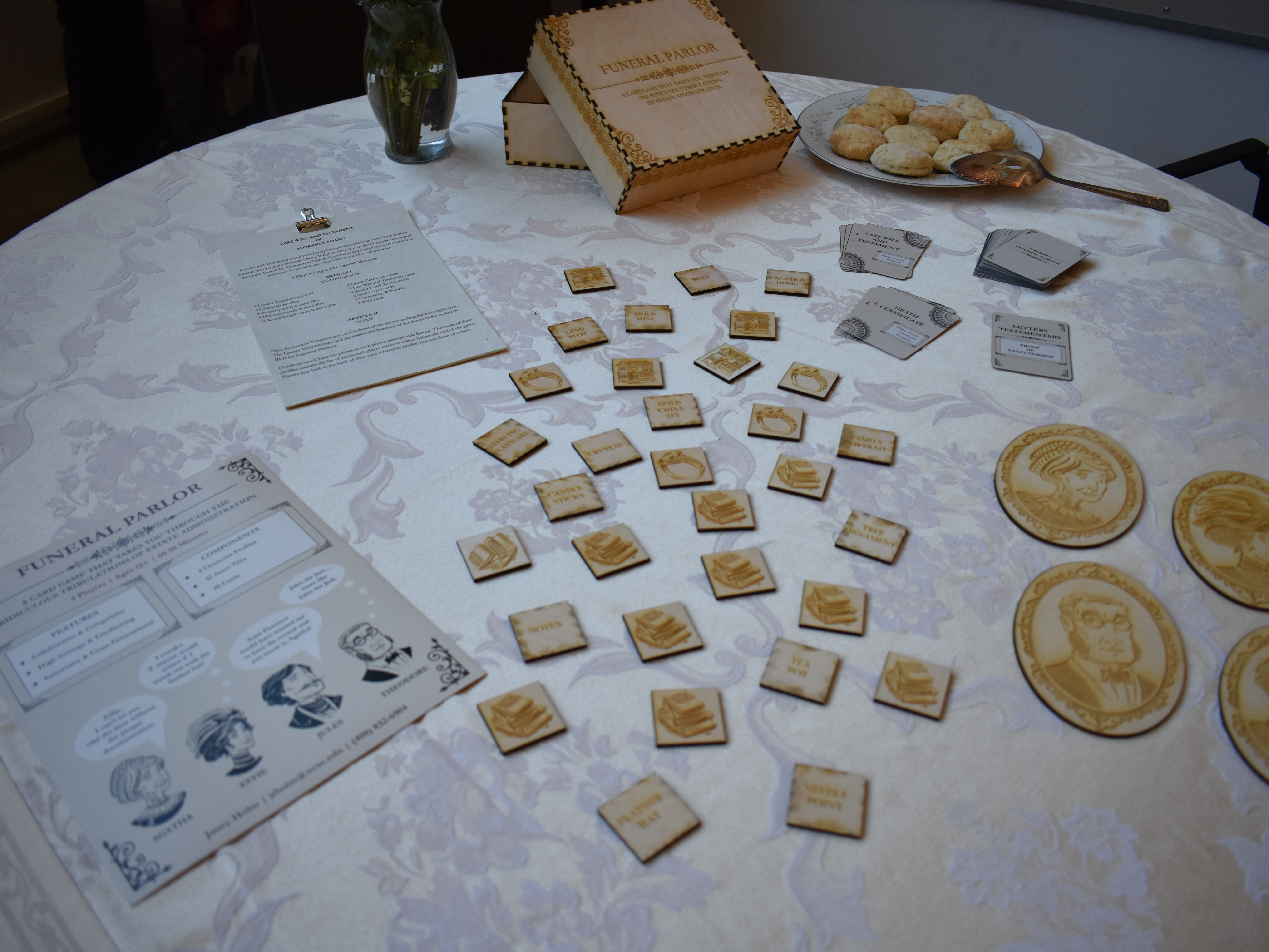Photo by Stephen Louis Marino
Role: Choreographer
Project: Experimental Tap Dance Piece
Timeframe: 3 months
Shown: Random With A Purpose XXVIII: Prism
Art & Design
A rhythmic investigation into how the many lives we lead externally support and combat each other internally.
Music: Overture/Audition by Danny Carrol & 42nd Street Ensemble
Music Production: Rutvik Katkoriya
Dancers: Amy Calderwood, Isabel Cortez, Raina Grant, Star Hagen-Esquerra, Elina Luong, Cam McKay, Katy Meeks, Madison Tirado, and Katherine Zimmerman
Lighting Design: Amber Zepf
Photography: Stephen Louis Marino & Steve DiBartolomeo
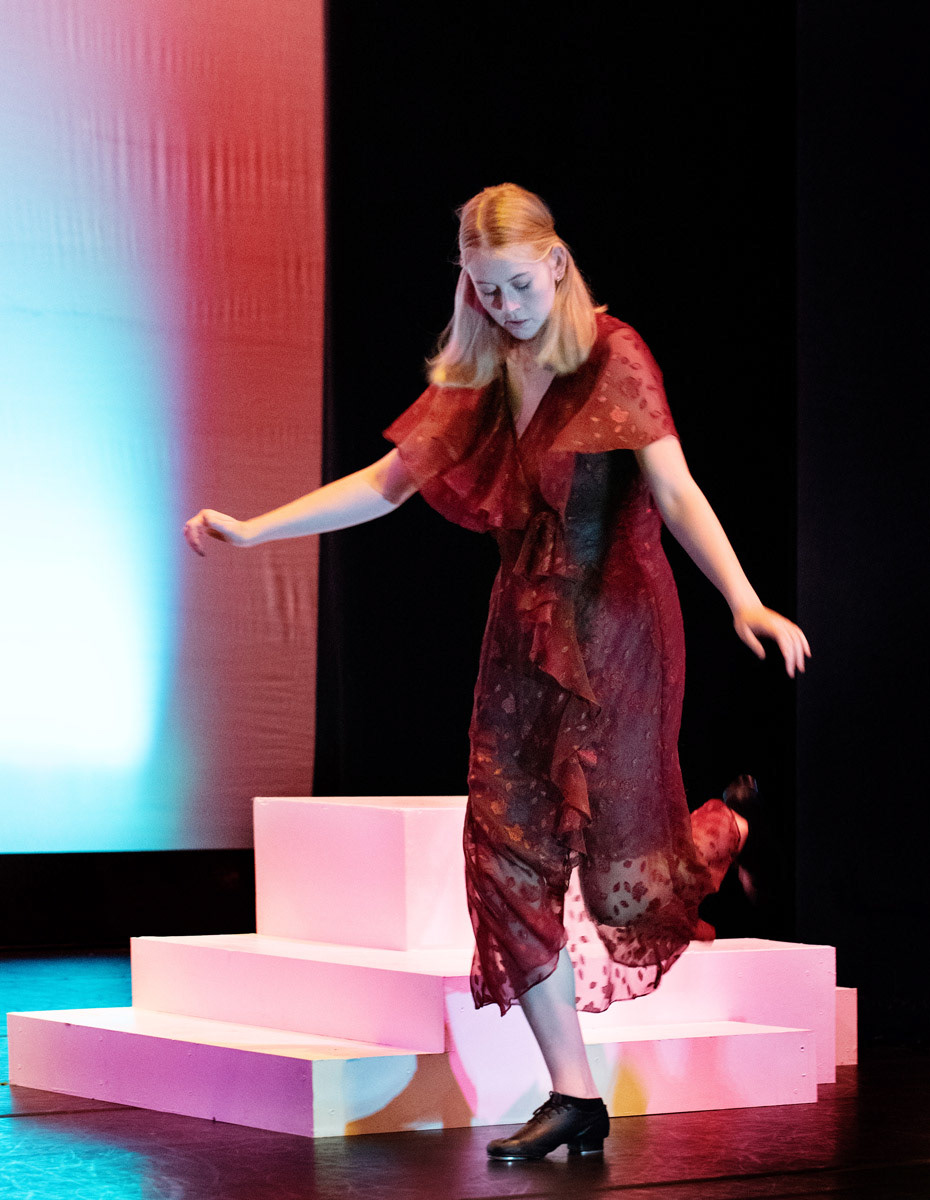
Photo by Steve DiBartolomeo
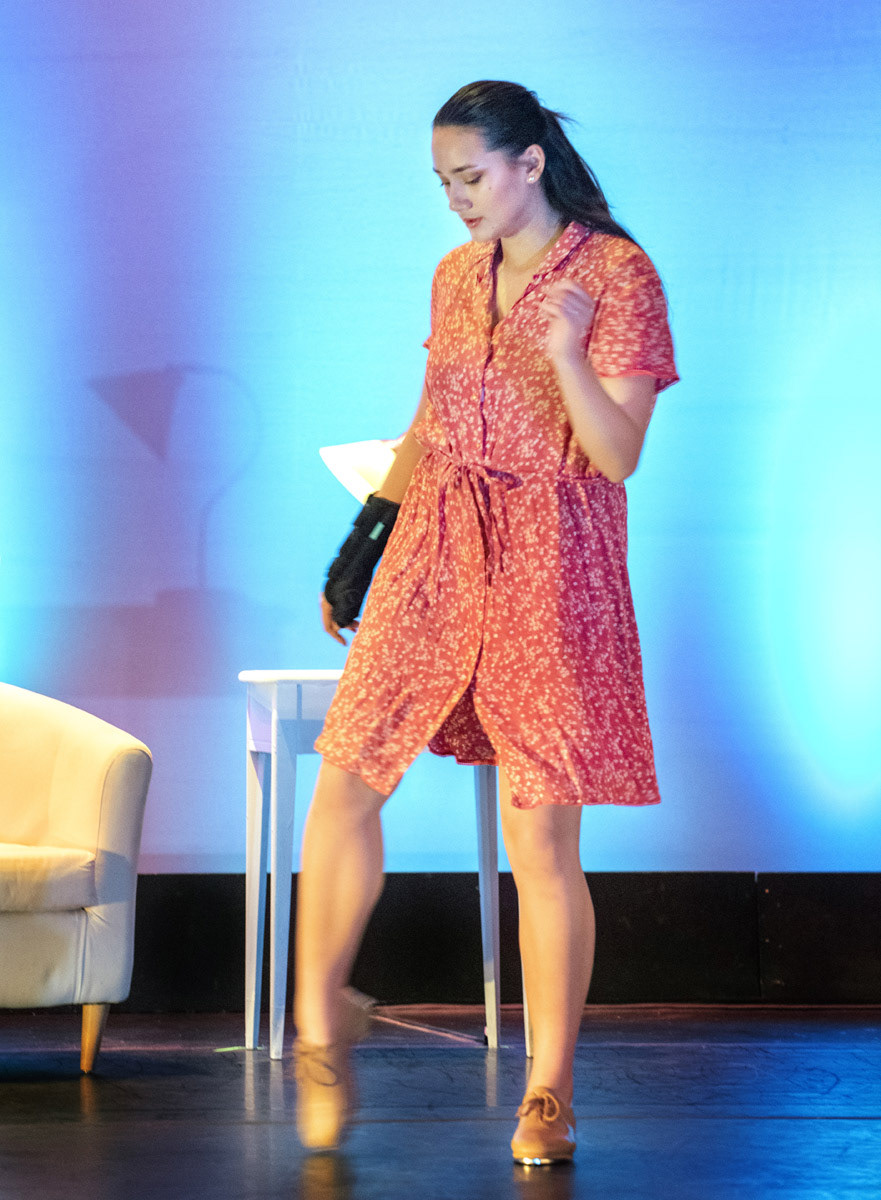
Photo by Steve DiBartolomeo
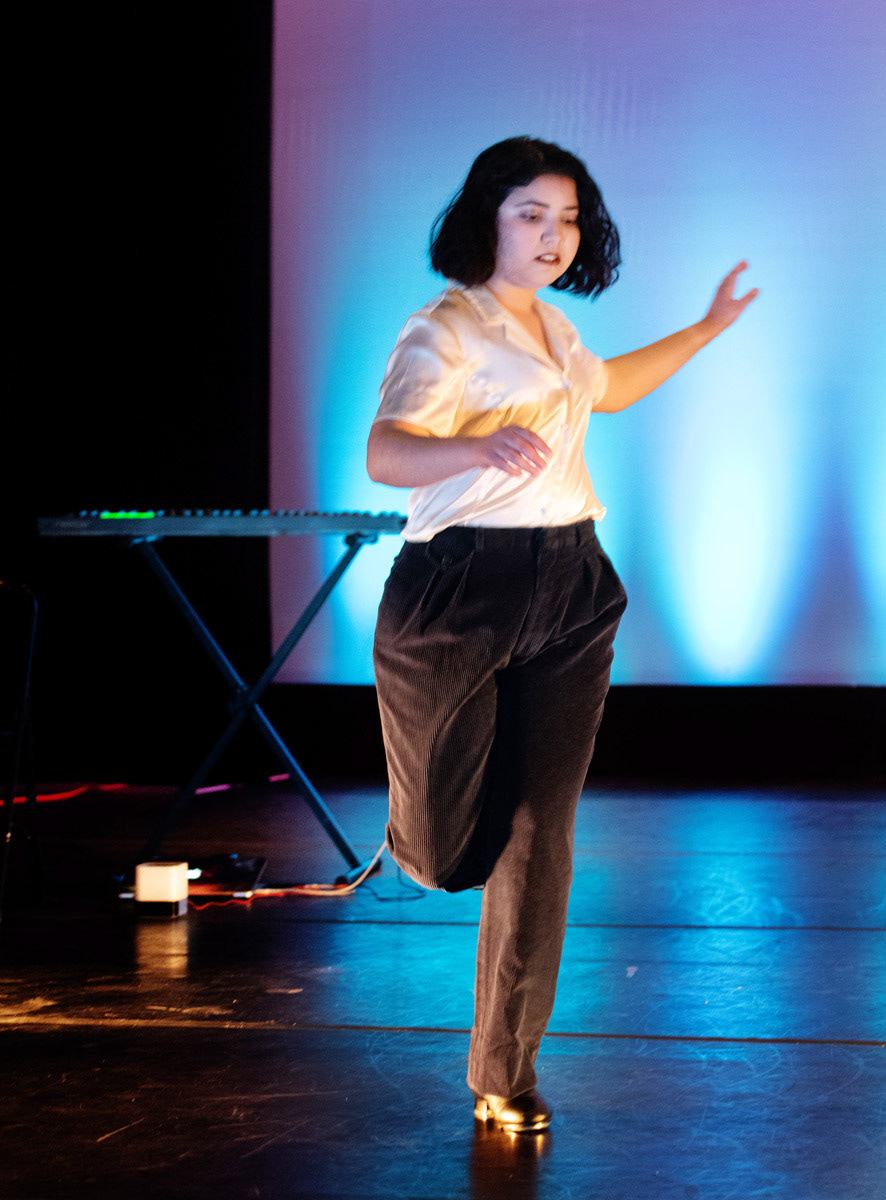
Photo by Steve DiBartolomeo
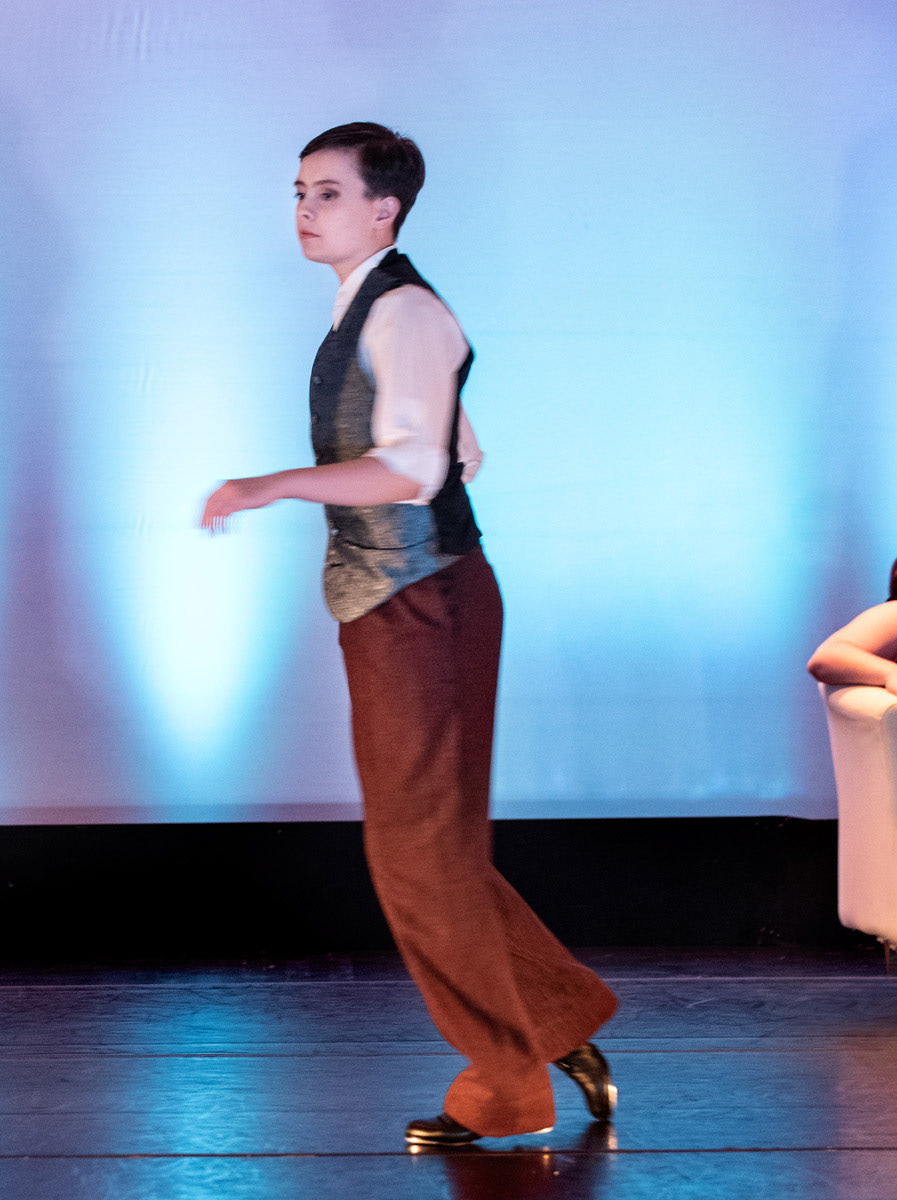
Photo by Steve DiBartolomeo

Photo by Steve DiBartolomeo
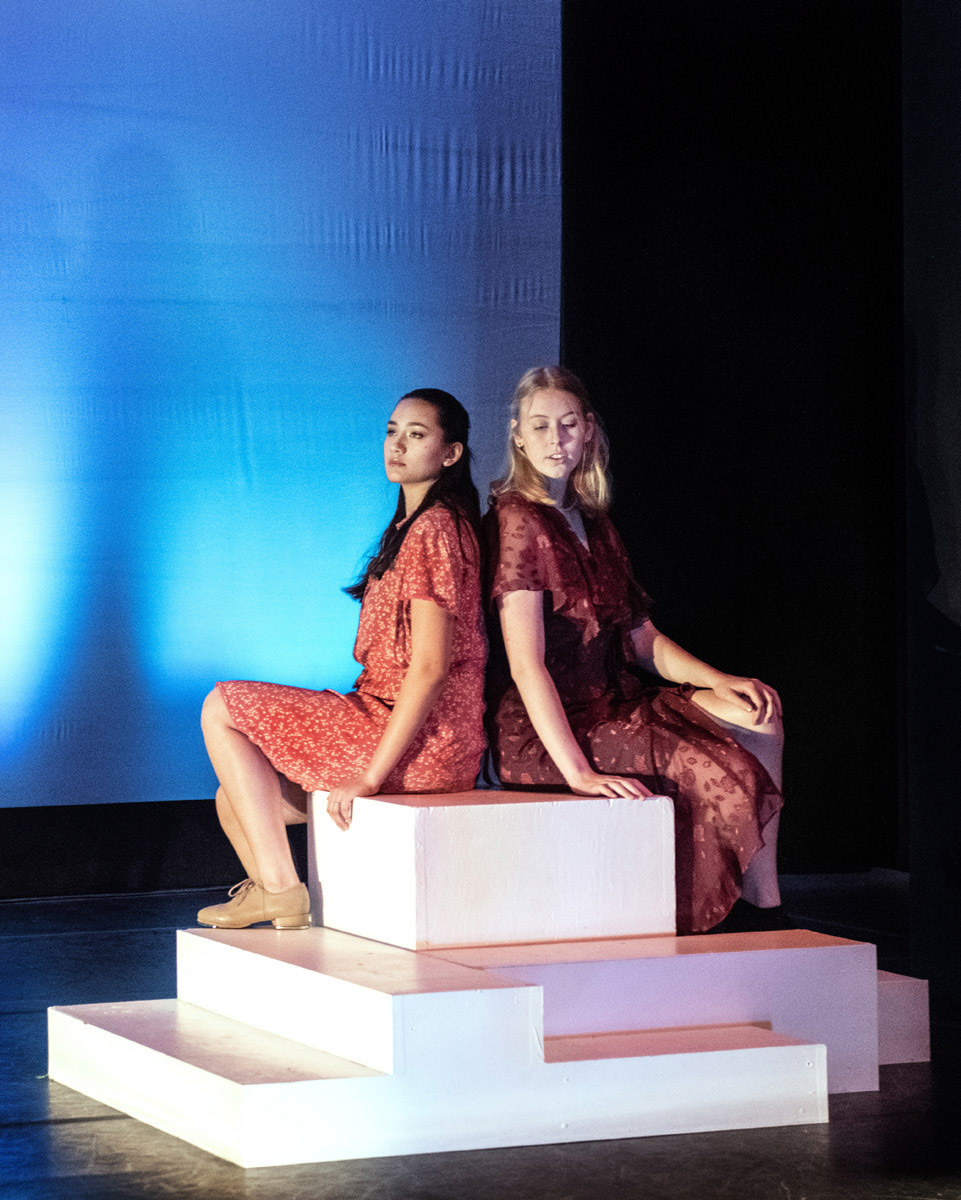
Photo by Steve DiBartolomeo
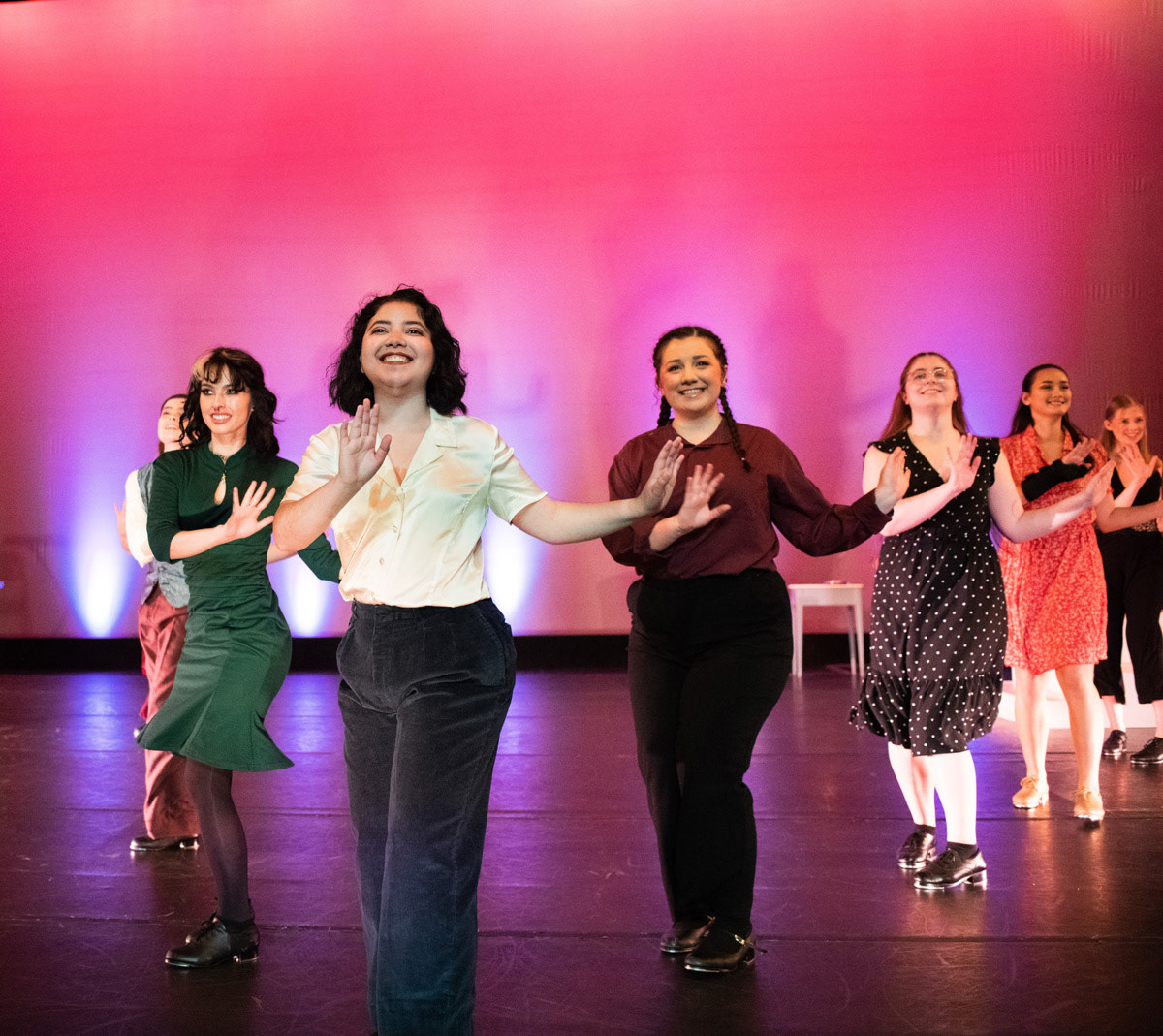
Photo by Steve DiBartolomeo
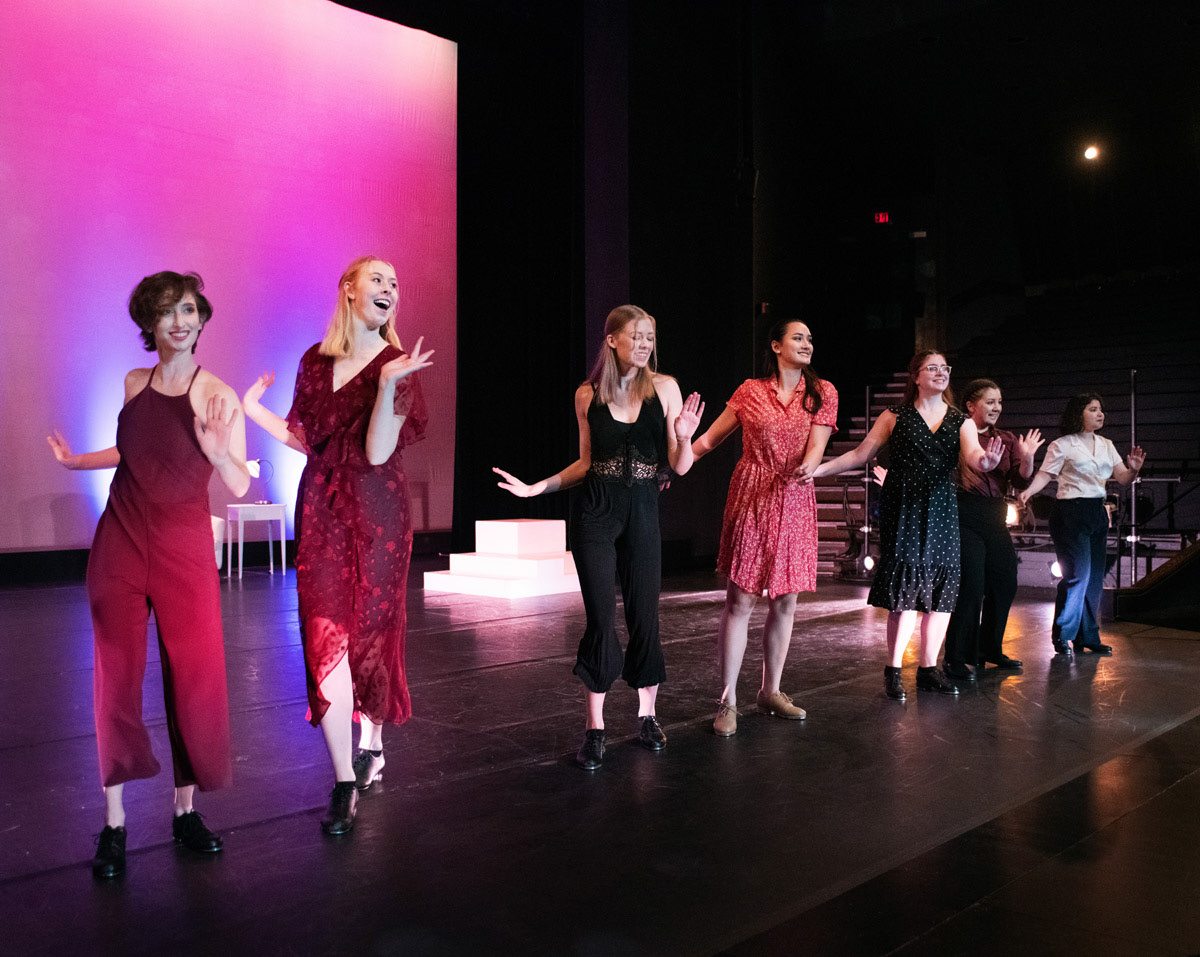
Photo by Steve DiBartolomeo

Photo by Stephen Louis Marino
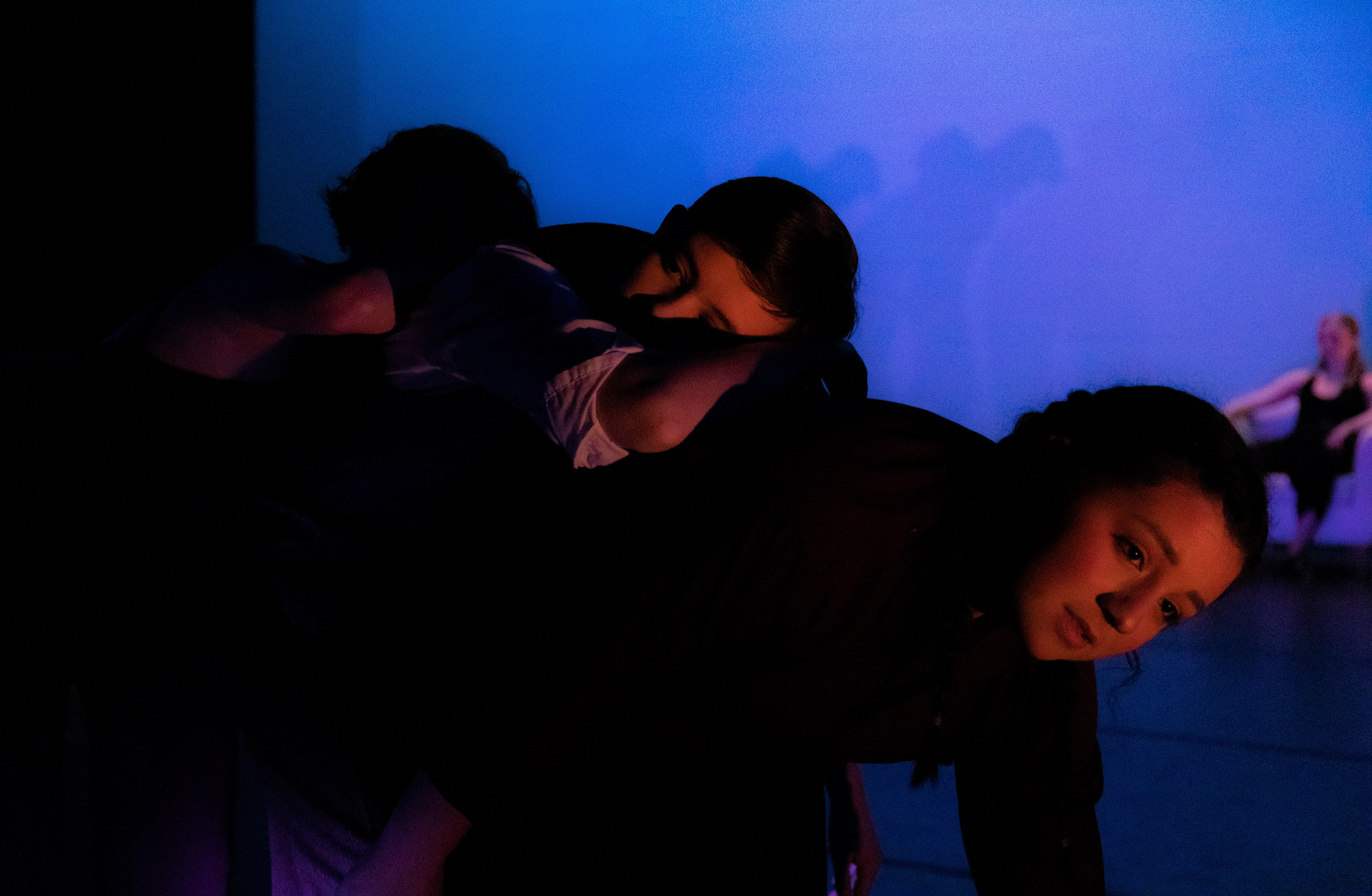
Photo by Stephen Louis Marino
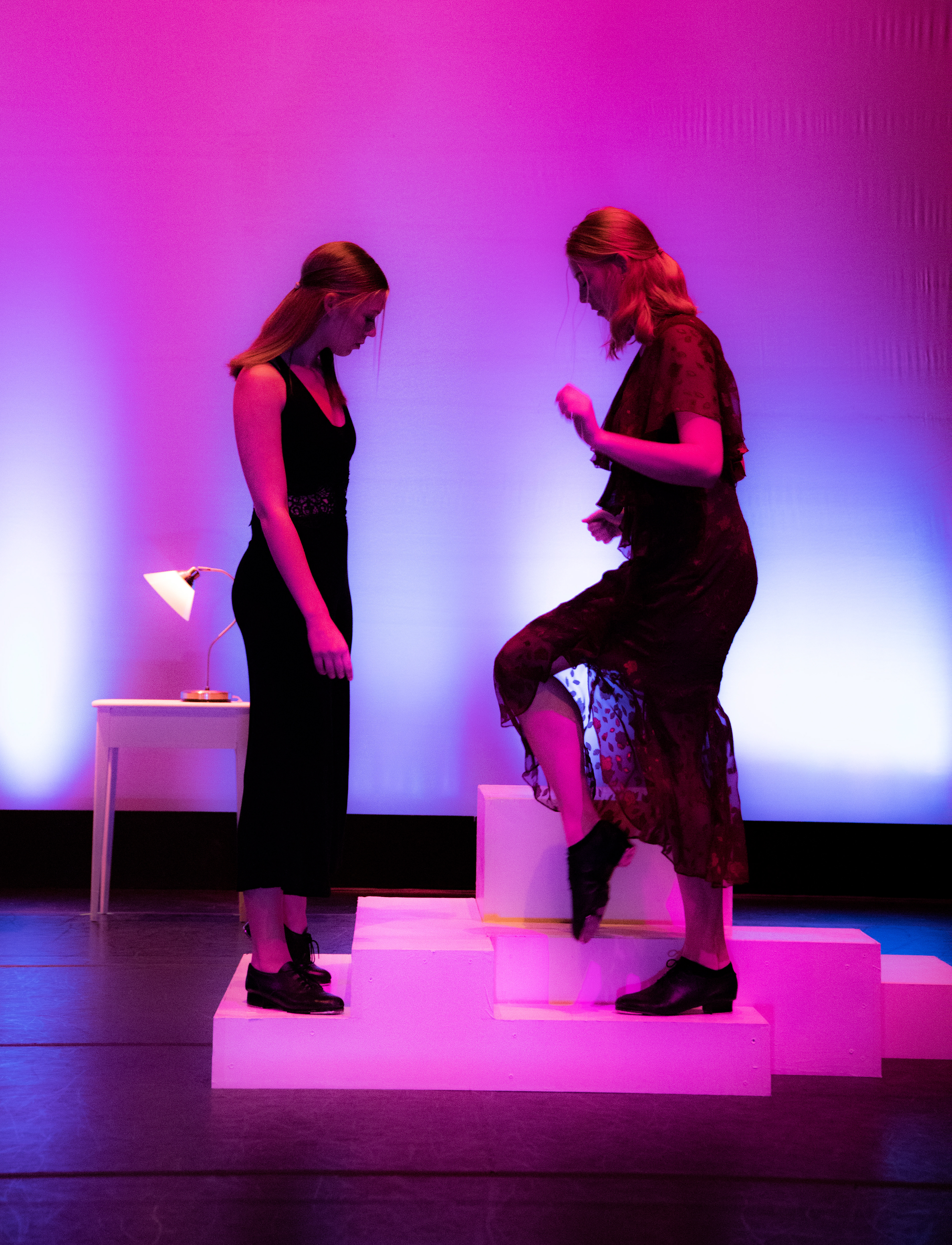
Photo by Stephen Louis Marino
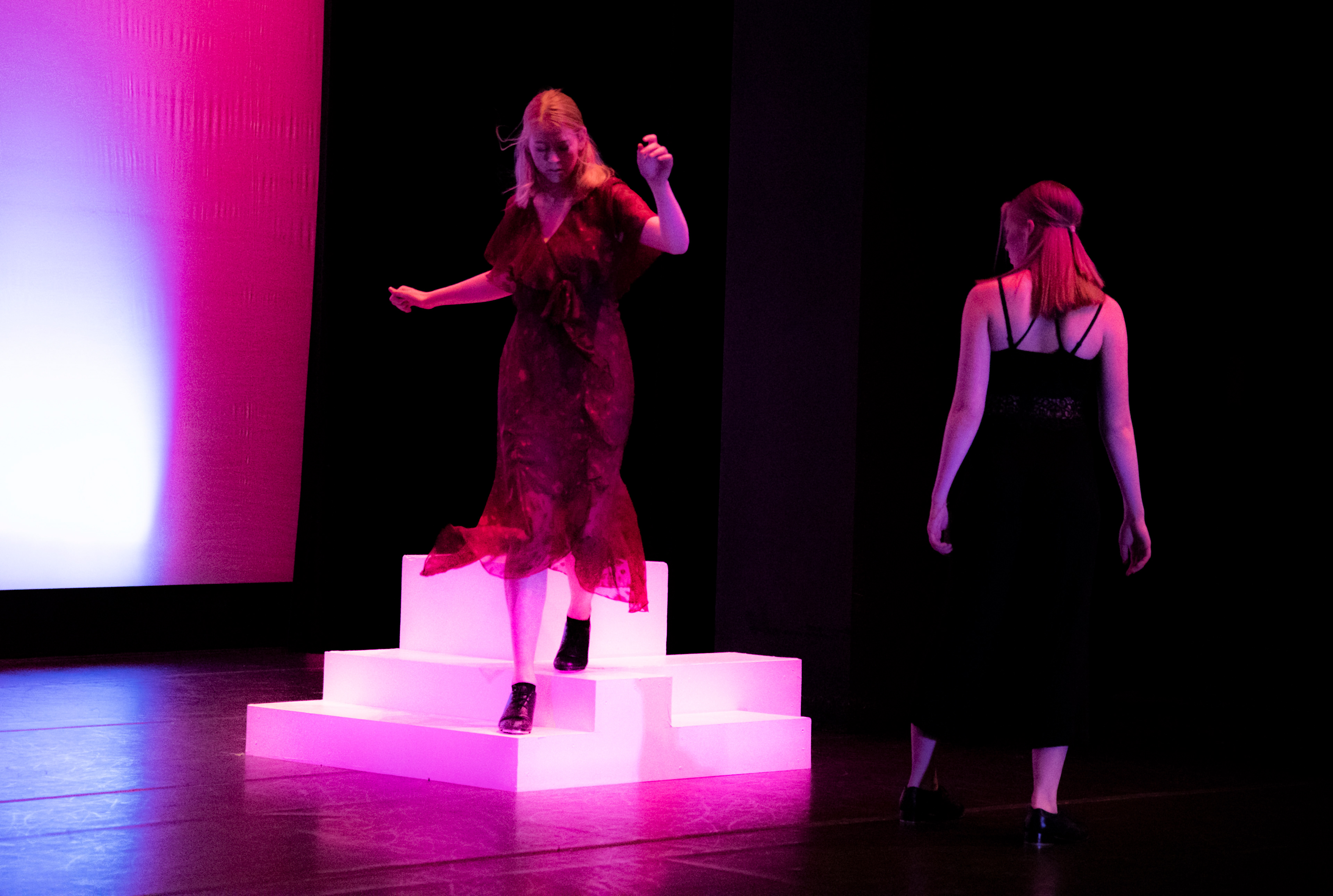
Photo by Stephen Louis Marino
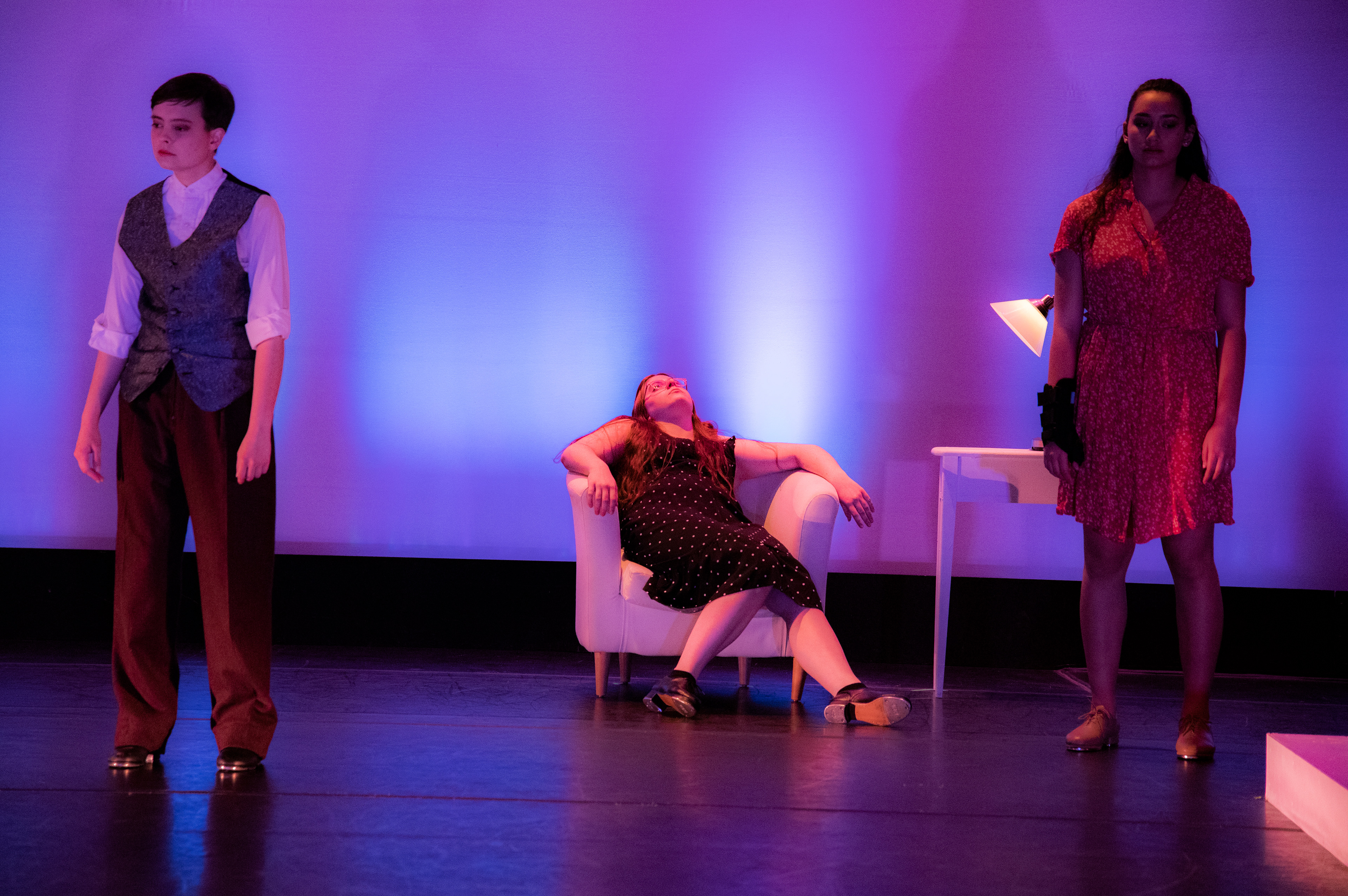
Photo by Stephen Louis Marino

Photo by Stephen Louis Marino

Photo by Stephen Louis Marino
Development & Production
Piece Structure & Choreography Development This piece moved from a deconstructed, internal point of view to an external view of identity presentation. The start of the piece is slow and dreamlike, transforming into a frustration that exhausts the dancers. From the exhaustion rises a fake joy that is represented by a Broadway section. The feelings of surreal and frustration and joy were expressed through the rhythms of the taps. The dancers moved between working together and fighting against each other on these rhythms. For two-thirds of the piece, no dancer was executing the same step at the same time. To create cohesion, each dancer's unique rhythm was developed from the same three rhythms taught in rehearsal. The deconstruction and individuality represent conflicting modes of presentation of a single person.
Rehearsals Rehearsals consisted of conversation, choreography, and improvisational guided exercises. I often started the rehearsal with a conversation about where the piece was going next and checking in with the dancers about how they connected to the movement and theme. I moved into a quick warm-up, and then began teaching choreography I set beforehand. The last portion of each rehearsal was dedicated to experimenting. I gave the dancers prompts to guide their improvisation and also allow for some continuity between each dancer’s final product. The piece was choreographed in non-linear phrases and chunks with an understanding of the evolution of the quality of the movement. I choreographed almost entirely without music and constructed the flow of the piece towards the end of the rehearsal process using the music as a framework. The last few rehearsals were dedicated to cleaning the piece.
Lighting I worked with my lighting designer to create a dreamlike, surreal quality. I asked for footlights to highlight the dancers' feet and draw attention away from the face. Too often, when an audience watches a tap piece, they look at the face or the body and not the feet! It was important that the audience draws the emotions from the execution of the tap step.
Auditions I auditioned my dancers by leading a warm-up to see their technical abilities and finishing with a chunk of choreography to test their rhythm and musicality. My dancers had varying levels of experiences and strengths to highlight the individuality in their styles.



